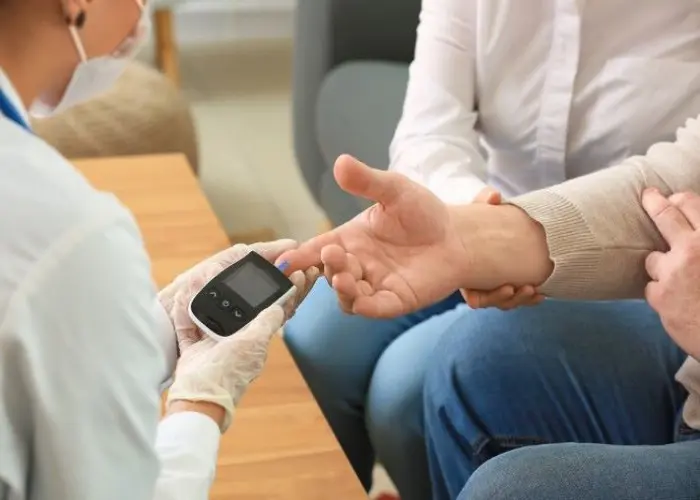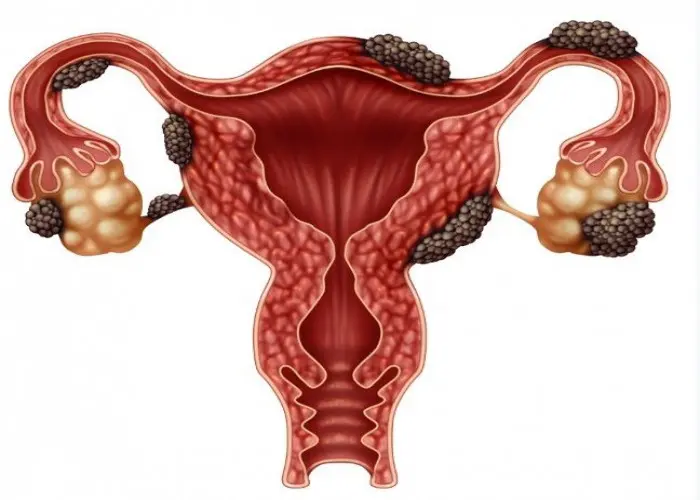 Welcome
Welcome
“May all be happy, may all be healed, may all be at peace and may no one ever suffer."
Yeast infection (vaginal)

A vaginal yeast infection, also known as vulvovaginal candidiasis, is a common condition caused by the overgrowth of a fungus called Candida. This fungus is normally present in small amounts in the vagina, but certain factors can cause it to multiply, leading to an infection.
The most common symptoms of a vaginal yeast infection include:
- Vaginal itching and soreness
- Thick, white, odorless vaginal discharge
- Pain or discomfort during sexual intercourse
- Burning sensation during urination
Risk factors for developing a vaginal yeast infection include:
- Antibiotic use: Antibiotics can kill the bacteria that normally keep the fungus in check, leading to an overgrowth of Candida.
- Hormonal changes: Hormonal changes during pregnancy, menstruation, or menopause can alter the vaginal environment and make it more conducive to yeast growth.
- Diabetes: Uncontrolled diabetes can lead to elevated blood sugar levels, which can promote the growth of yeast.
- Weakened immune system: A weakened immune system due to HIV or other conditions can increase the risk of developing a yeast infection.
- Tight-fitting clothing: Wearing tight-fitting clothing or non-breathable fabrics can create a warm, moist environment that is ideal for yeast growth.
Treatment for a vaginal yeast infection typically involves antifungal medication, which can be taken orally or applied topically in the form of creams, ointments, or suppositories. Over-the-counter treatments are available, but if symptoms persist or recur frequently, it is important to see a healthcare professional for further evaluation and treatment. Additionally, practicing good hygiene, avoiding irritants, and wearing loose-fitting clothing can help prevent the development of a vaginal yeast infection.
Research Papers
Disease Signs and Symptoms
- Vaginal itching
- Vaginal pain or burning
- Vaginal rash
- Watery vaginal discharge
- Severe signs and symptoms, such as extensive redness, swelling and itching that leads to tears, cracks or sores
- Four or more yeast infections in a year
- Infection is caused by a less typical type of fungus
Disease Causes
Yeast infection (vaginal)
The fungus candida albicans is responsible for most vaginal yeast infections.
Your vagina naturally contains a balanced mix of yeast, including candida, and bacteria. Certain bacteria (lactobacillus) act to prevent an overgrowth of yeast.
But that balance can be disrupted. An overgrowth of candida or penetration of the fungus into deeper vaginal cell layers causes the signs and symptoms of a yeast infection.
Overgrowth of yeast can result from:
- Antibiotic use, which causes an imbalance in natural vaginal flora
- Pregnancy
- Uncontrolled diabetes
- An impaired immune system
- Taking oral contraceptives or hormone therapy that increase estrogen levels
Candida albicans is the most common type of fungus to cause yeast infections. Yeast infections caused by other types of candida fungus can be more difficult to treat, and generally need more-aggressive therapies.
Disease Prevents
Yeast infection (vaginal)
To reduce your risk of vaginal yeast infections, wear underwear that has a cotton crotch and doesn't fit too tightly.
It might also help to avoid:
- Tight-fitting pantyhose
- Douching, which removes some of the normal bacteria in the vagina that protect you from infection
- Scented feminine products, including bubble bath, pads and tampons
- Hot tubs and very hot baths
- Unnecessary antibiotic use, such as for colds or other viral infections
- Staying in wet clothes, such as swimsuits and workout attire, for long periods of time
Disease Treatments
Treatment for yeast infections depends on the severity and frequency of your infections.
For mild to moderate symptoms and infrequent episodes, your doctor might recommend:
- Short-course vaginal therapy. Taking an antifungal medication for three to seven days will usually clear a yeast infection. Antifungal medications — which are available as creams, ointments, tablets and suppositories — include miconazole (Monistat 3) and terconazole. Some of these medications are available over-the-counter and others by prescription only.
- Single-dose oral medication. Your doctor might prescribe a one-time, single oral dose of fluconazole (Diflucan). Oral medication isn't recommended if you're pregnant. To manage more-severe symptoms, you might take two single doses three days apart.
See your doctor again if treatment doesn't resolve your symptoms or if your symptoms return within two months.
If your symptoms are severe, or you have frequent yeast infections, your doctor might recommend:
- Long-course vaginal therapy. Your doctor might prescribe an antifungal medication taken daily for up to two weeks, followed by once a week for six months.
- Multidose oral medication. Your doctor might prescribe two or three doses of an antifungal medication to be taken by mouth instead of vaginal therapy. However, this therapy isn't recommended for pregnant women.
- Azole resistant therapy. Your doctor might recommend boric acid, a capsule inserted into your vagina. This medication may be fatal if taken orally and is used only to treat candida fungus that is resistant to the usual antifungal agents.
Disease Diagnoses
Disease Allopathic Generics
Disease Ayurvedic Generics
Disease Homeopathic Generics
Disease yoga
Yeast infection (vaginal) and Learn More about Diseases

Rumination syndrome

Diabetes insipidus

Meralgia paresthetica

Endometriosis

Child abuse

Ringworm (scalp)

Anterior prolapse (cystocele)

Hiccups
yeast infection, vaginal, ইয়েস্ট ইনফেকশন যোনি
To be happy, beautiful, healthy, wealthy, hale and long-lived stay with DM3S.
